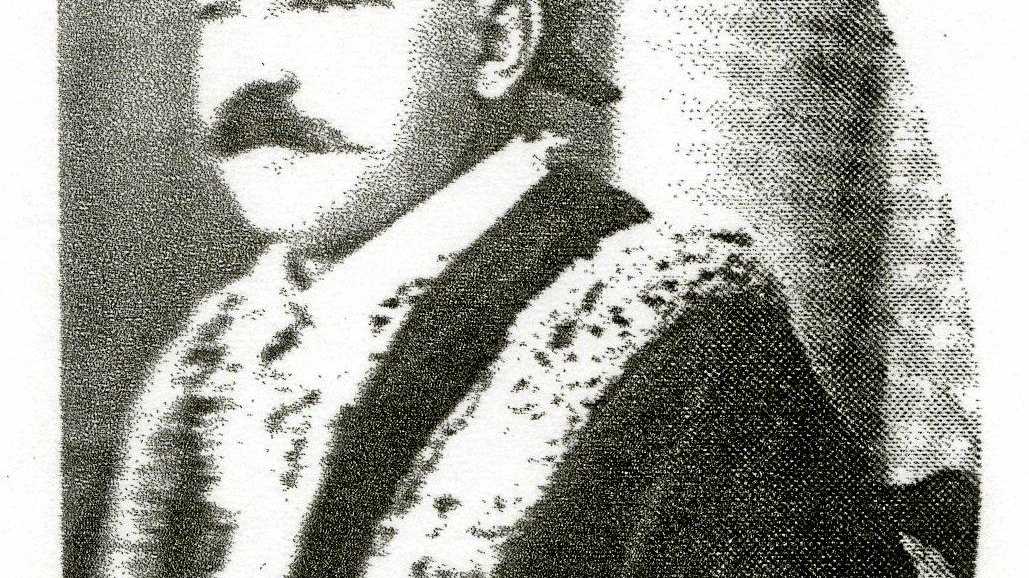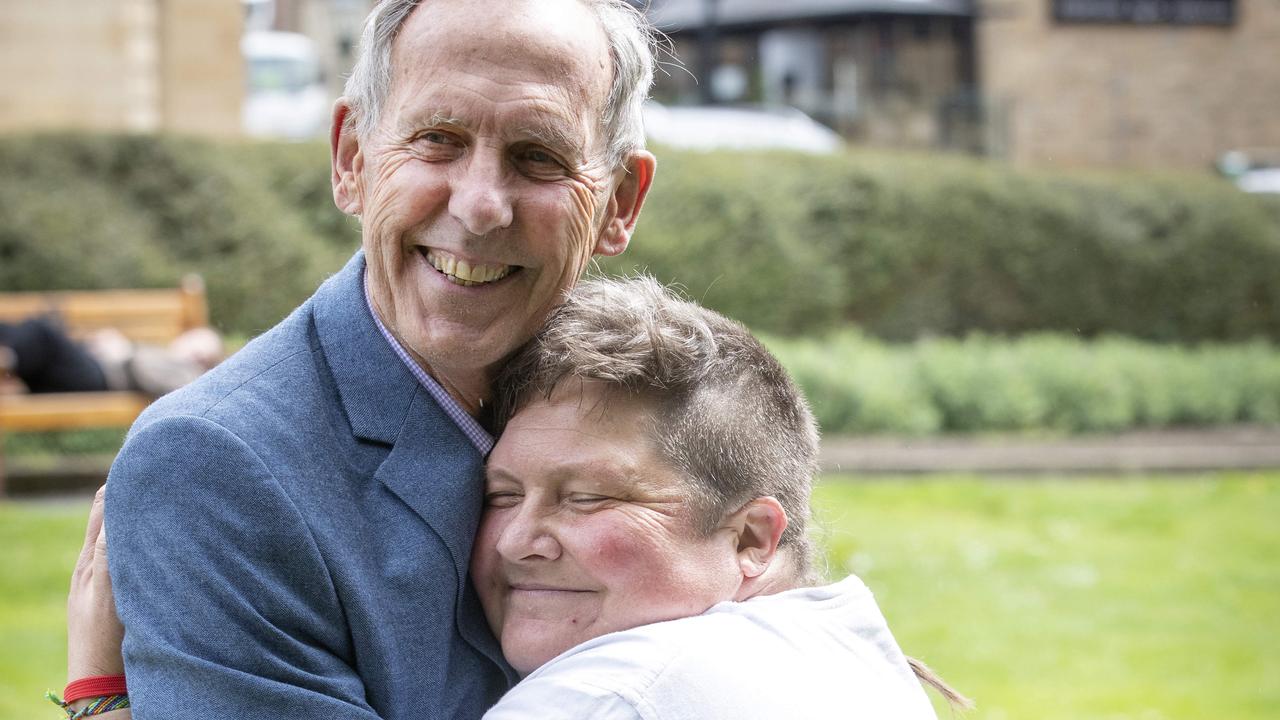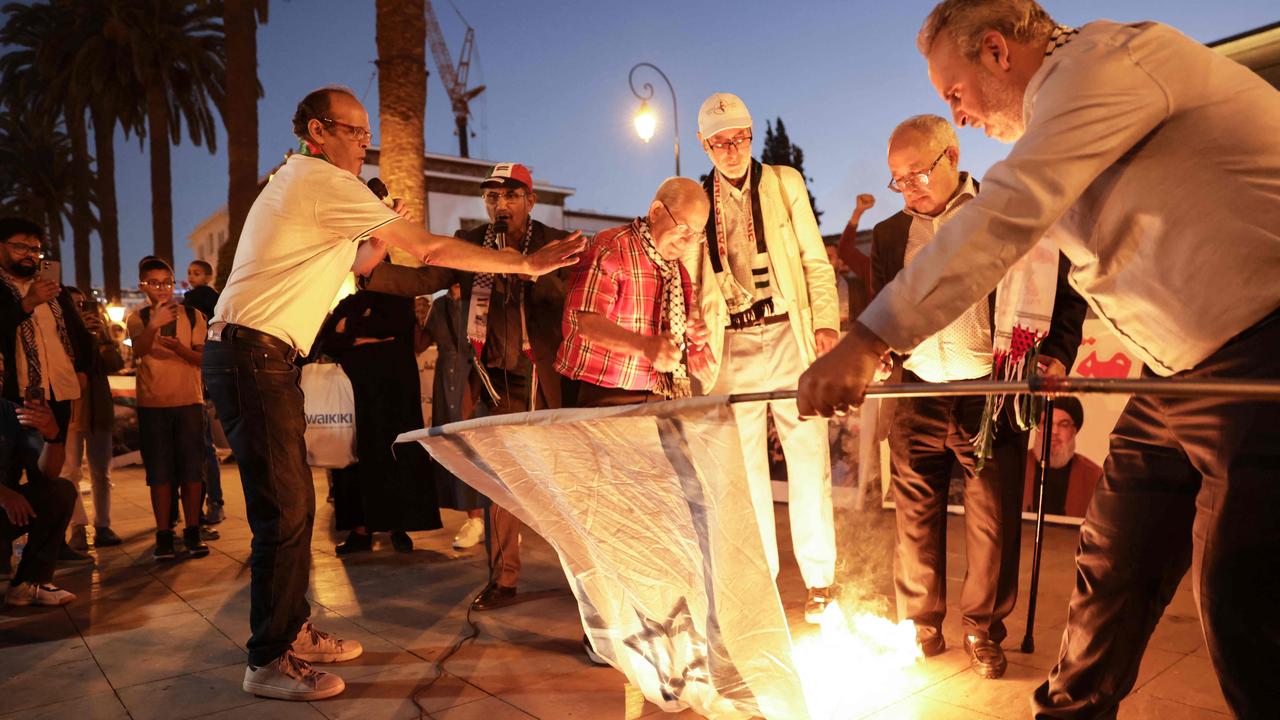Early Ipswich leader's road to mayoralty
Tea merchant elected by unanimous vote.

Opinion
Don't miss out on the headlines from Opinion. Followed categories will be added to My News.
ELECTED by unanimous vote, Alderman John Francis Lobb became the mayor of Ipswich in the year 1920.
He had travelled from England with his parents to Australia when he was eight years of age.
The family arrived at Brisbane in the early 1800s and came to Ipswich a few weeks later.
Here his father found employment as an engine-fitter at the North Ipswich Railway Workshops and held that position until 1917.
At the age of 20 he returned to Ipswich and became a traveller for a firm of tea agents and after seven years commenced business as a tea merchant in premises in East Street.
In addition to being very successful as a tea merchant, Mr Lobb's property transactions were conducted with thoroughness.
John Francis Lobb had been a member of the Fire Brigade Board for 14 year, a member of the Ipswich Technical College and School of Arts committees and a Licensing Justice.

QT history
THE Ipswich Herald which later became The Queensland Times was first issued on July 4, 1859 (there was an earlier paper the North Australian first issued on October 2, 1855) but its machinery was transferred to Brisbane in 1863.
The Herald office was in Ellenborough Street near the railway overbridge.
The premises had been a hotel and later a ginger beer factory, but it remained a printing office until the building was demolished to allow for the deviation of the railway line from Ipswich to Toowoomba by way of Sadlier's Crossing.
In October 1861, there was a change in the ownership of the Herald and the new proprietor gave the paper its present name The Queensland Times.
In October 1890, the QT was published for the first time as a daily newspaper, but the depression which followed caused the proprietors to go back to the earlier plan of publishing on three days a week.
In October 1908, the QT was issued again as a daily newspaper.
It has been published daily ever since.
Musical talent on show
A GRAND concert of eisteddfod music by choir and assisting artists was presented by the Silkstone-Booval Choral Union on April24, 1951. Pianist was Thelma Larter L.R.S.M and conductor Thomas Bird.
The assisting artists were Robert Thompson, June Molloy, Pat Rae, Gwyn Jones, Queenie Marginson, Dorothy Verrall, Joyce Smith, Allison Jones and Alan Whybird. Hon Secretary for the choir was Alex Stockwell.
In earlier days, there was The North Australian Band. Choral concerts were initiated by Rev L. H. Ramsay and Julius Hainberger and these were held in St Paul's Sunday School, a moderately sized brick building that occupied the site at the corner of Brisbane and Nicholas Streets.
As the years rolled on with the Welsh community leading the way, Ipswich gained fame as a musical centre.
The eisteddfod movement had its humble beginnings at Gympie but its assured success dated from 1887 when the first eisteddfod was held at Blackstone.
On New Year's Day 1887 a Blackstone choir led by Mr T. Howells won the chief chorus and the history of the Blackstone/Ipswich choir may be said to date from that initial success.
Like its bands, Ipswich became known far and wide for the standard of their performances.
At one eisteddfod, Ipswich was represented by its bands in Rockhampton, choirs in Brisbane and our Pipers at Lismore.
Originally published as Early Ipswich leader's road to mayoralty






